If you’re dreaming of a garden that looks elegant year-round and adds a touch of artistry, evergreen topiary plants are the perfect choice. These sculptable, foliage-rich plants allow you to create everything from neat globes and spirals to whimsical animal shapes and architectural forms. Beyond their timeless appeal, evergreen topiaries stay lush and green in all seasons, offering consistent structure and beauty. Here are 10 stunning evergreen topiary plants to elevate your garden with charm, order, and personality.
1. Boxwood (Buxus sempervirens)
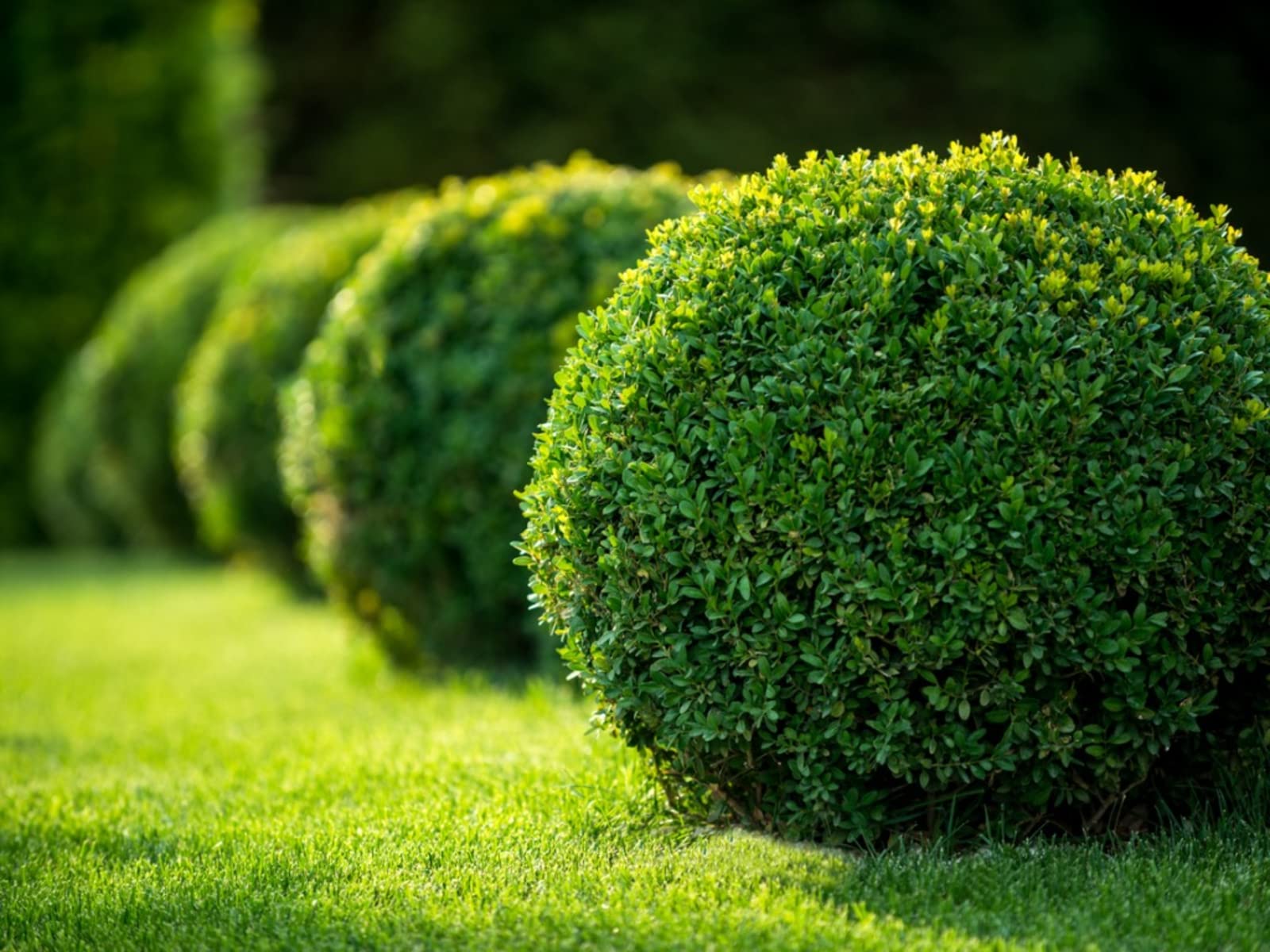
Boxwood is the quintessential topiary plant, beloved for its small, glossy leaves, dense growth, and high tolerance to pruning. Perfect for classic balls, cones, or intricate designs, boxwoods are incredibly versatile and ideal for formal gardens, borders, or containers. Their evergreen nature ensures year-round visual interest. Hardy in USDA zones 5–9, they prefer partial shade but can tolerate full sun. Boxwoods are slow-growing but long-lived, making them a reliable and elegant choice for detailed topiary work.
2. Dwarf Alberta Spruce (Picea glauca ‘Conica’)
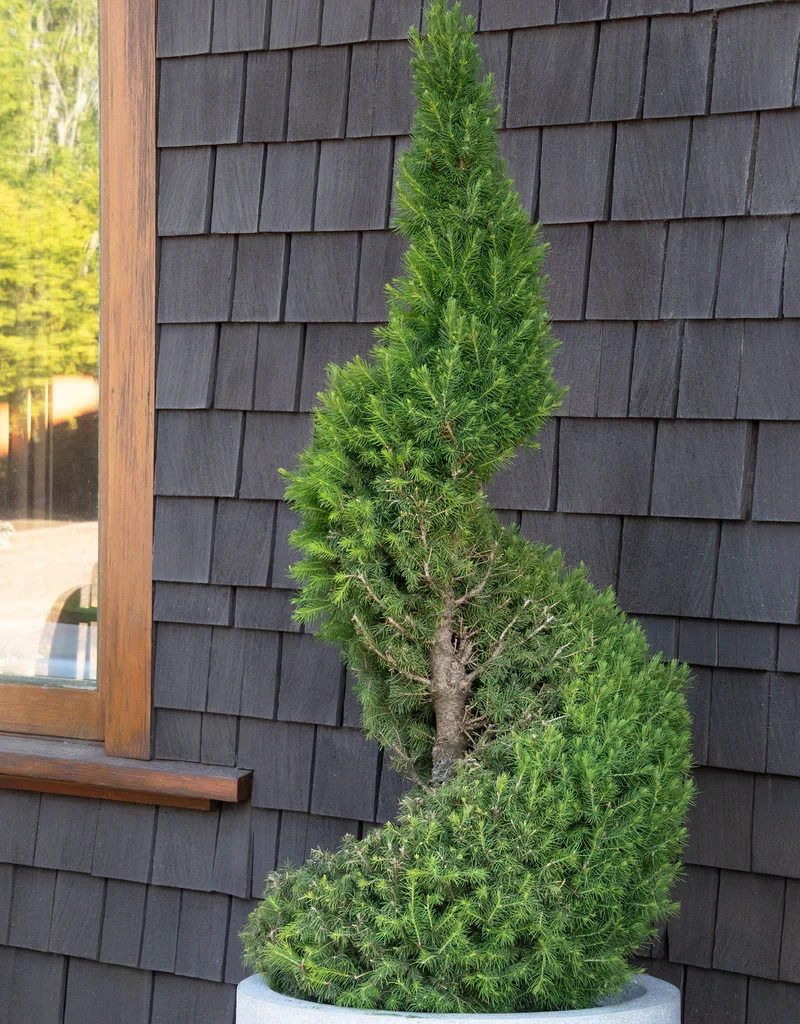
With its naturally pyramidal shape and soft, bright green needles, Dwarf Alberta Spruce is a favorite for spiral and cone topiaries. Its slow growth makes it manageable, and its tight branching holds a clean form with minimal effort. Ideal for USDA zones 2–8, it thrives in full sun and well-drained soil. This spruce looks especially stunning in pairs flanking an entryway or lining a garden path, offering a refined yet natural presence in any landscape.
3. Japanese Holly (Ilex crenata)
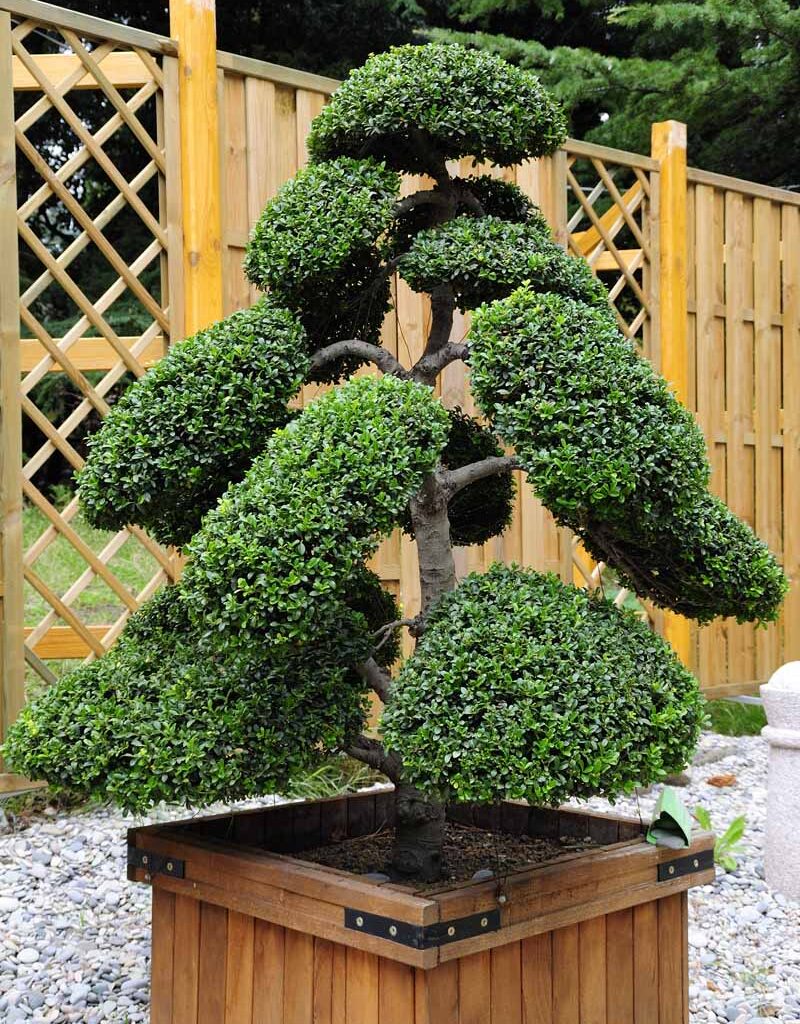
Often mistaken for boxwood due to its similar small, dark-green leaves, Japanese Holly offers excellent structure and is easy to shear into formal shapes. It’s particularly suited for topiary balls, low hedges, or even intricate spirals. Japanese holly is more tolerant of heat and humidity than boxwood, making it a great alternative in warmer zones (USDA zones 5–8). It thrives in full sun to partial shade and provides a neat, polished look in garden beds or pots.
4. Yew (Taxus baccata or Taxus × media)
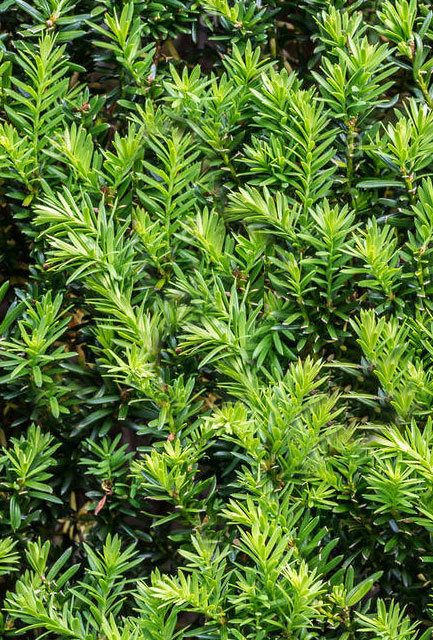
Yews are timeless evergreens often seen in historic topiary gardens across Europe. With soft, dark green needles and flexible branches, yew responds well to frequent trimming and can be shaped into virtually any form cones, spirals, animals, and even living fences. Hardy in USDA zones 4–7, yews grow well in full sun to shade and are highly long-lived. Their rich color and adaptability make them a stately choice for classic, enduring topiary displays.
5. Privet (Ligustrum spp.)
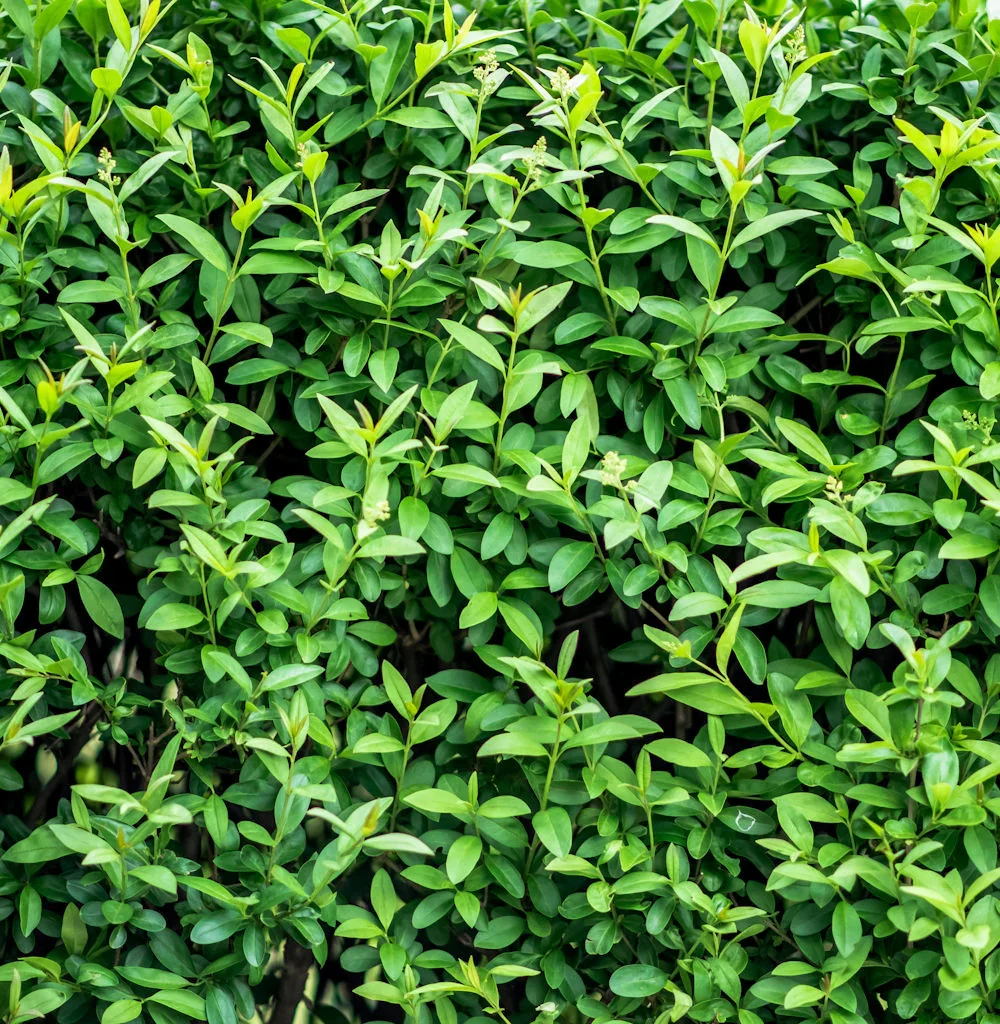
Privet is fast-growing and highly moldable, making it ideal for bold topiary shapes and hedge-like structures. It’s often used to create tall privacy screens or intricate sculpted forms. While some varieties are deciduous in colder climates, evergreen types like Ligustrum japonicum retain foliage year-round in warmer zones. Privet tolerates aggressive pruning, grows rapidly, and responds well to shaping. Ideal for USDA zones 7–10, it adds a lush, green backdrop or focal point to garden spaces.
6. Rosemary (Rosmarinus officinalis ‘Tuscan Blue’)
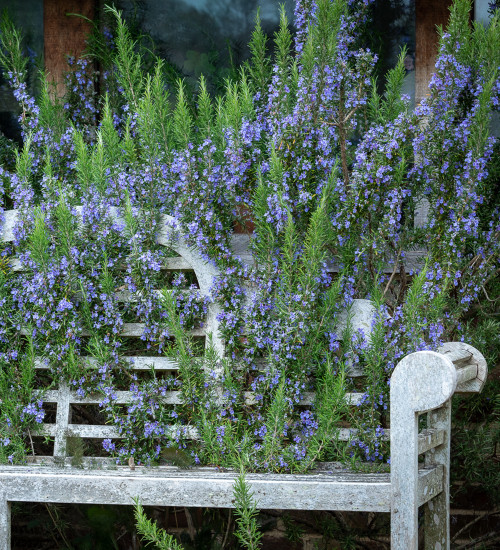
For edible elegance, consider topiary rosemary. This fragrant herb with needle-like leaves can be trained into tidy balls, cones, or small standards. Its evergreen foliage and culinary value make it a unique and functional choice. Best suited to USDA zones 8–10, rosemary thrives in full sun and well-drained soil. In colder climates, it can be grown in containers and overwintered indoors. A rosemary topiary near the kitchen adds beauty, aroma, and flavor to your space.
7. Myrtle (Myrtus communis)
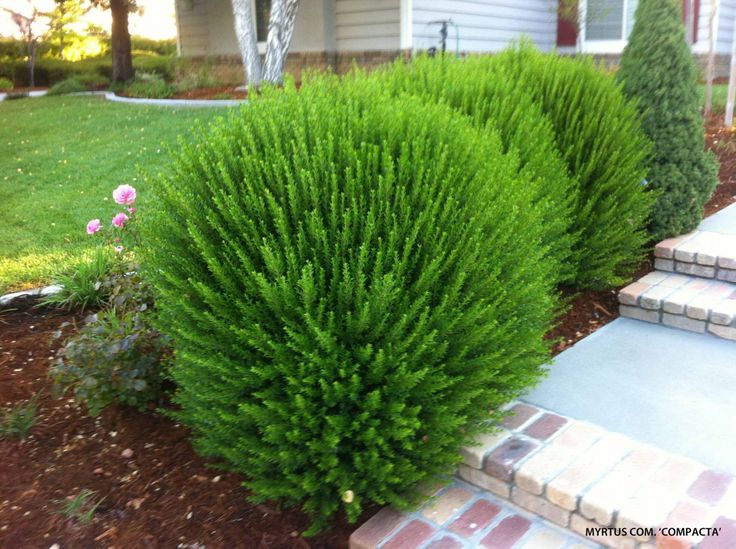
Myrtle is a graceful, aromatic evergreen shrub that lends itself beautifully to small-scale topiary in containers. With small, glossy leaves and a natural compact growth habit, it’s often trimmed into spheres or standard lollipop shapes. Myrtle also produces fragrant white flowers and small berries, adding extra charm. Best suited to USDA zones 8–11, myrtle loves full sun and can be brought indoors in colder climates. It’s perfect for patios, entryways, or Mediterranean-style gardens.
8. Euonymus (Euonymus japonicus)
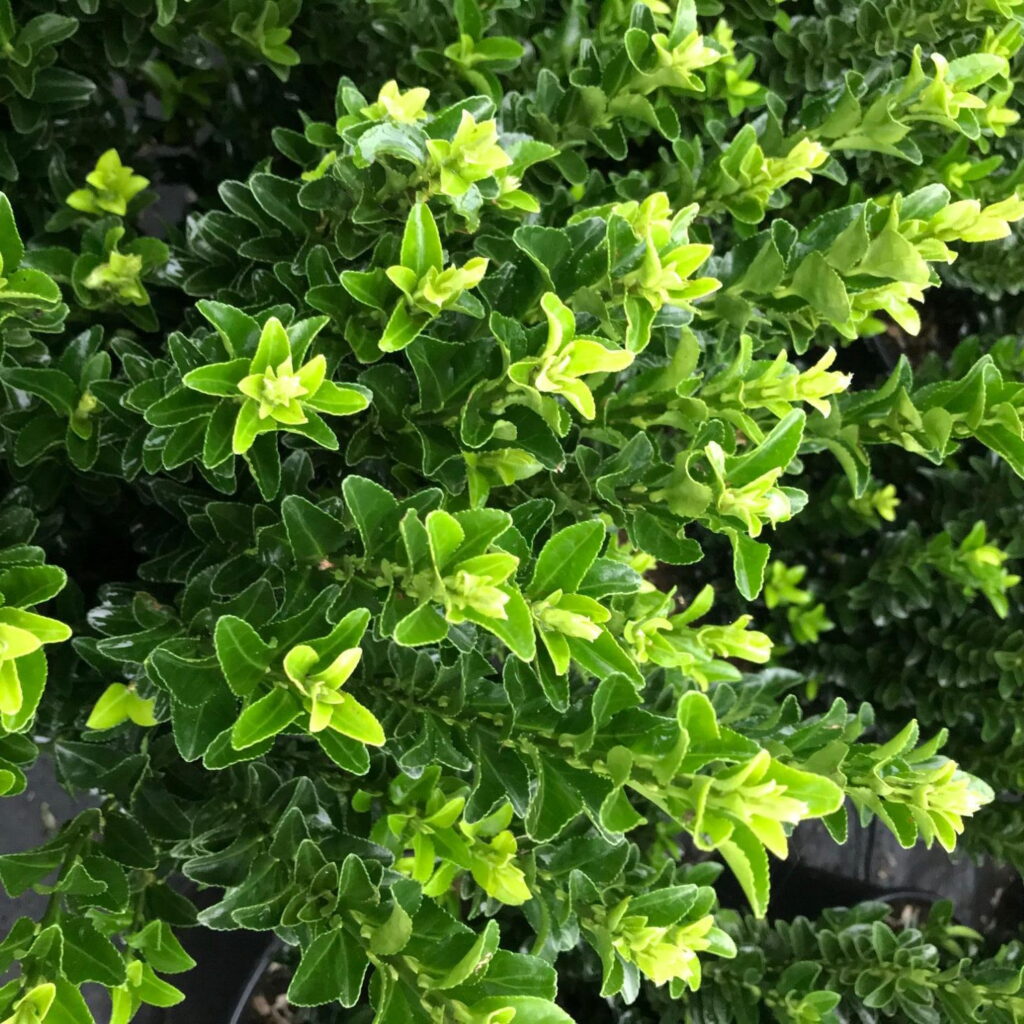
Euonymus offers bold, glossy leaves and a wide variety of cultivars, including variegated options that add visual interest. It takes well to pruning and is excellent for creating geometric topiary forms like cubes or spheres. Evergreen in warmer climates (USDA zones 6–9), Euonymus is also pest-resistant and drought-tolerant once established. Its tough nature and attractive foliage make it ideal for both formal and whimsical topiary, whether planted in containers or garden beds.
9. Lavender (Lavandula angustifolia)
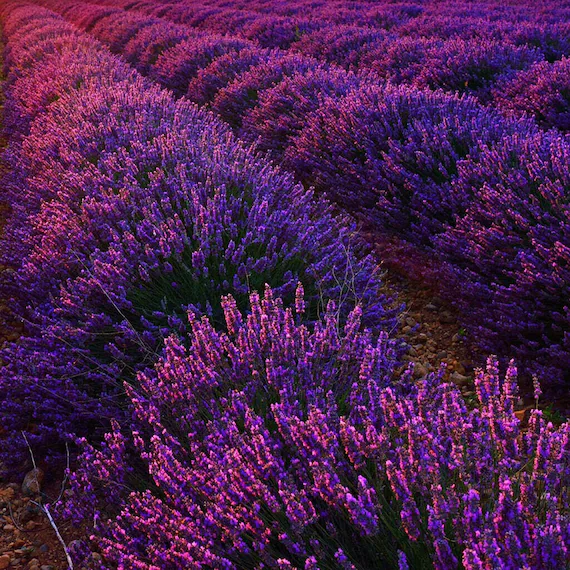
Though not a traditional topiary evergreen, lavender can be shaped into low balls and mounds, offering a fragrant and colorful twist to your topiary display. With silvery-green foliage and stunning purple blooms, lavender thrives in sunny, well-drained spots (USDA zones 5–9). While it requires more care to maintain a tight shape, its aromatic presence and pollinator-friendly flowers make it a standout. Lavender topiaries are especially striking in Mediterranean-style or cottage gardens.
10. Pittosporum (Pittosporum tenuifolium)
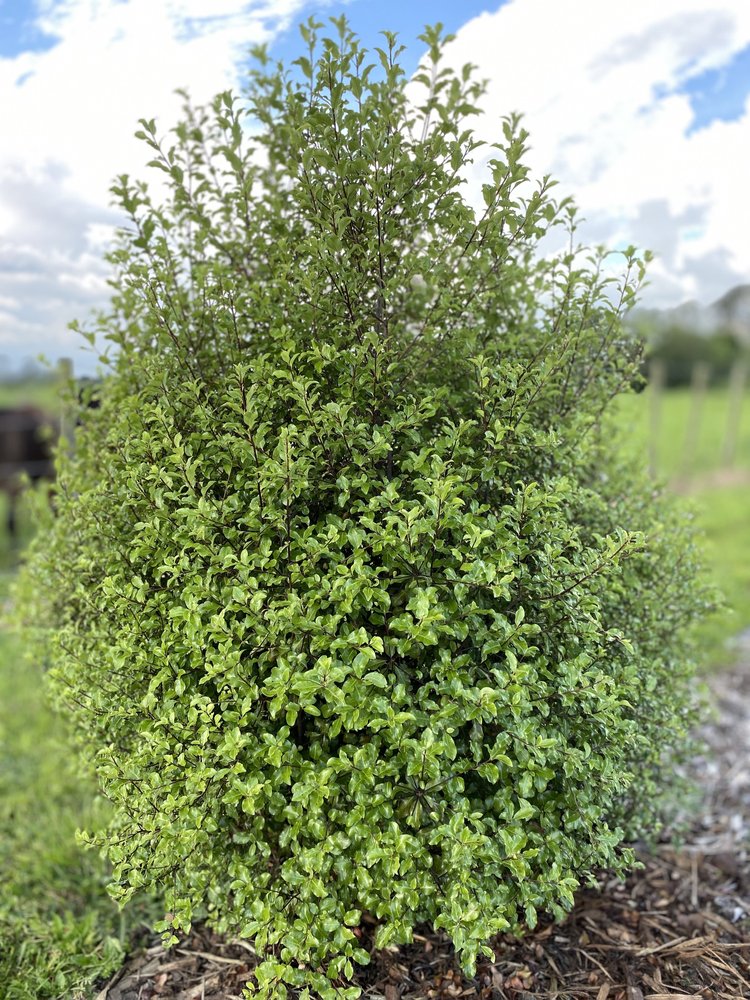
Pittosporum is a fast-growing, evergreen shrub with dense foliage that’s perfect for large topiary forms. It can be pruned into balls, spirals, and even animal shapes. The foliage ranges from light green to variegated silver-white depending on the cultivar, adding brightness and interest. Suitable for USDA zones 8–11, Pittosporum is ideal for coastal and warmer climates. Its adaptability, attractive leaves, and responsiveness to shaping make it a favorite in both contemporary and classic gardens.





